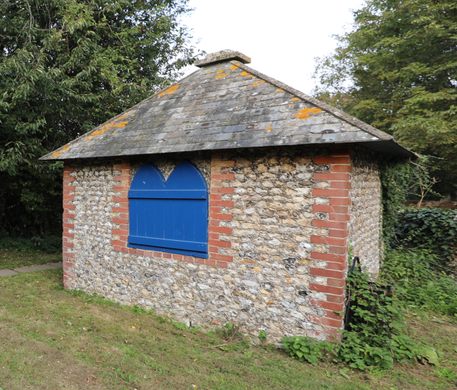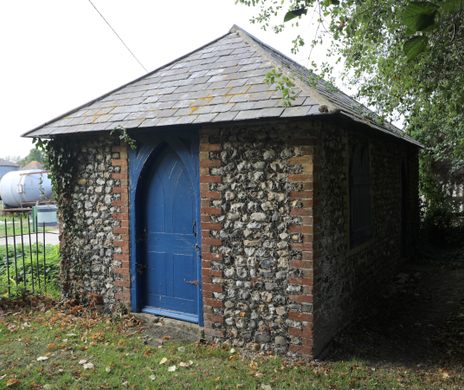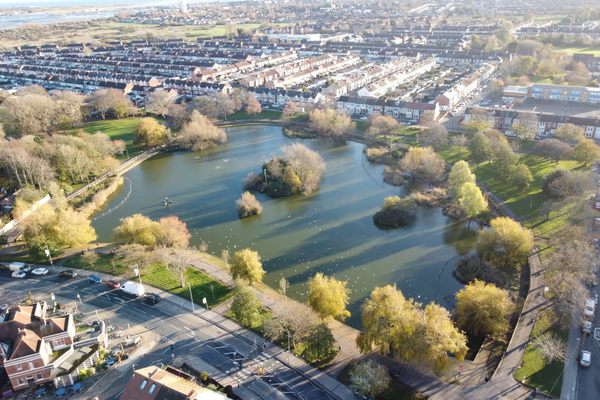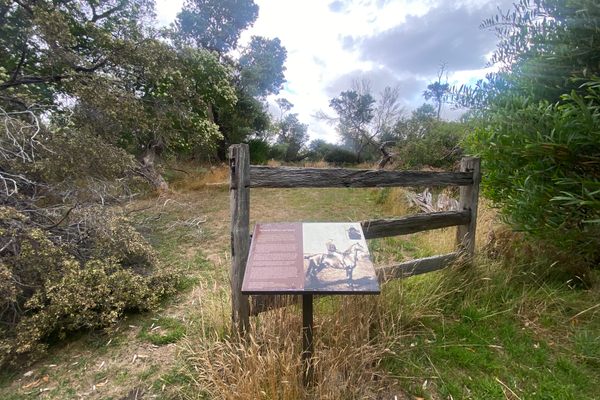Gravewatcher's Huts
These unassuming buildings in the tranquil churchyard of rural Warblington are in fact grave watchers’ huts.
During Britain’s Age of Enlightenment, the fields of medicine and surgery were greatly improving. As such, medical students and their teachers alike were in constant need of fresh cadavers to dissect, study, and practise their craft.
Until the introduction of the Anatomy Act in 1832, which allowed the use of donated bodies, the medical field practiced on the executed. This supply was insufficient, however, so the grim business of body-snatching arose. Bodysnatchers, or “resurrection men” would disinter the recently deceased and sell these bodies to interested medical professionals.
Fearful and disgusted communities across the country responded to this pilfering practice in a variety of ways, such as the Greyfriars Mortsafes and the New Calton Cemetery Watchtower.
Warblington was one such community, its rural churchyard was “lonely but well-filled.” making it an attractive location for would-be bodysnatchers. Rather than imposing towers or cages, the locals of Warblington opted for a more modest approach to guarding their churchyard. By 1830 they had built two cozy huts within the grounds of St. Thomas’ Church, equipped with warm fireplaces to keep the watchmen comfortable during their nightly watch and patrols of the graves. These humble structures served as a simple but effective solution to ensure the safety and sanctity of the churchyard and allow those laid to rest to remain so.
Nowadays, the flint and brick huts, with a shuttered window and gothic arch doorway, make for quite a charming sight, especially considering their role in such a dark history.


















Follow us on Twitter to get the latest on the world's hidden wonders.
Like us on Facebook to get the latest on the world's hidden wonders.
Follow us on Twitter Like us on Facebook